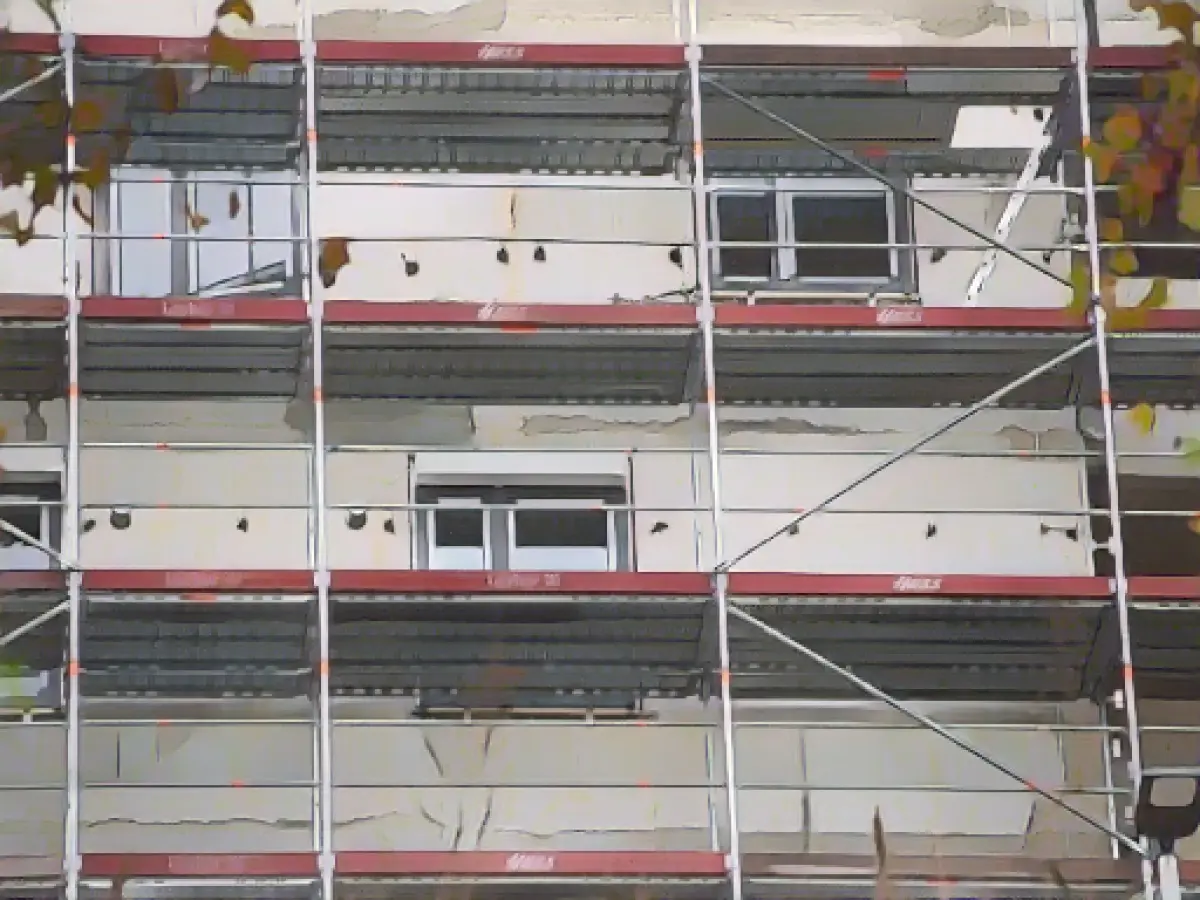East Germany's Construction Sector Struggles Onward
Eastern Germany's construction industry continues to bear the brunt of an ongoing downward trend. Recent data reveals that the overall order volume for the main construction industry decreased by 4.1% to €14.6 billion in the first nine months of the year compared to the same period in 2022-as reported by the Construction Industry Association East in Potsdam early this week. The trend points toward no imminent reversal, says association Managing Director Robert Momberg.
Residential construction saw the most significant slippage, with a 29.2% drop in orders to about €2.2 billion. Public construction orders amounted to €5.5 billion, seven-tenths of a percent lower than 2022.
Mounting construction costs and lower prices have also dampened the sector's progress. Subtracting construction prices' year-on-year surge, the real value of orders in eastern Germany's main construction sector in September 2023 decreased by 16%, according to Momberg.
Eastern Germany's construction companies involve 260 entities, employing around 20,000 individuals spread across Berlin, Brandenburg, Saxony, and Saxony-Anhalt.
Despite the economic slump in eastern Germany, some homeowners continue to construct their residences, albeit at higher costs. Consequently, the downward trend in the construction sector has influenced a decline in the fresh supply of homes.
Industry Challenges
Economic uncertainty and a bleak business climate have contributed to the industry's struggle. The Institute for Economic Research's (Ifo) index for eastern Germany reveals a steady decrease, reflecting business owners' growing pessimism and unease. This downturn is particularly notable as the region anticipates national elections.
Additionally, the manufacturing sector has suffered, with German industrial companies displaying a dim outlook on their present business conditions and future prospects. The industrial sector has dropped more than 10% below pre-pandemic levels across Germany.
Investment uncertainty has taken a toll on the region as well. The Deloitte CFO survey reveals little change in investment intentions, as companies generally keep their investment volumes steady. Nonetheless, the sector-specific investment plans in the manufacturing sector have gleaned a dwindling outlook.
The German construction industry as a whole is grappling with a decline, as predicted to shrink by 4.4% in real terms by 2024 and by 0.5% in 2025. Elevated inflation, increasing material costs, and hiked interest rates have combined with the lack of demand, which particularly hurts the manufacturing sector.
Affordable housing shortages compound the situation. Although the outgoing government proposed constructing 400,000 new homes annually, featuring 100,000 allocated for social housing, the objective has thus far gone unfulfilled. Suspension of tighter energy efficiency restrictions for new structures due to developer complaints relating to increased construction costs has further complicated matters.
Persistent economic uncertainties, the manufacturing sector slump, and unwavering investment uncertainty have combined to foster the protracted decline in the eastern German construction sector. This situation has intensified housing shortages and affordability, ultimately dwindling employment opportunities in the sector.





